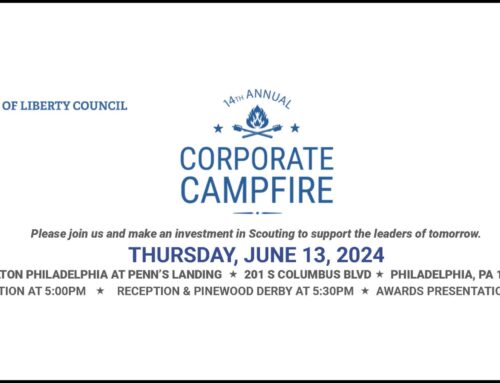On Thursday, September 9, 2021, President Biden issued two Executive Orders regarding COVID-19 Vaccine Requirements for federal workers and federal contractors, as well as more details of the White House’s COVID-19 Action Plan. Here, we will elaborate on the Executive Order on Ensuring Adequate COVID Safety Protocols for Federal Contractors and the White House COVID-19 Action Plan.
Executive Order on Ensuring Adequate COVID Safety Protocols for Federal Contractors
- The Executive Order requires that federal agencies are required to add a requirement that the contractor or subcontractor “provide adequate COVID-19 safeguards to their workers performing on or in connection with a Federal Government contract” into “any new contract; new contract-like instrument; new solicitation for a contract or contract-like instrument; extension or renewal of an existing contract or contract-like instrument; and exercise of an option on an existing contract or contract-like instrument.”
- This Executive Order pertains to direct federal contractors and subcontractors (not including contractors on state projects that are federally assisted).
- The Executive Order requires the Safer Federal Workforce Task Force provide further guidance and a draft contract clause by September 24, 2021.
- The Executive Order calls for “adequate COVID-19 safeguards,” not explicitly vaccination. The White House COVID-19 Action Plan, however, does state that the goal is to require vaccination from Federal Workers and Contractors doing business with the Federal Government.
- The new requirements will take effect on October 15, 2021.
- This requirement does not apply to existing contracts unless the contract is extended, renewed, or the exercise of a contract option under the contract.
- The new requirements in the Executive Order does not apply to federal-aid contracts.
White House COVID-19 Action Plan
- The Department of Labor’s Occupational Safety and Health Administration (OSHA) is developing a rule that will require all employers with 100 or more employees to ensure their workforce is fully vaccinated or require any workers who remain unvaccinated to produce a negative test result on at least a weekly basis before coming to work.
- OSHA will issue an Emergency Temporary Standard (ETS) to implement this requirement.
- The federal government, in issuing regulations, is normally required to publish proposed regulations and then provide a comment period which is usually 30 or 60 days before the regulations become final. However, under certain limited conditions, OSHA is authorized to set emergency temporary standards that take effect immediately and are in effect until superseded by a permanent standard.
- Employers with 0-99 employees (and not a direct federal contractor) are not subject to this mandate.
Here is further clarification about how an ETS is established, courtesy of John Adams, Principal of John Adams Law Firm LLC:
- To issue an ETS, OSHA must determine that workers are in grave danger due to exposure to toxic substances or agents determined to be toxic or physically harmful or to new hazards and that an emergency standard is needed to protect them. Then, OSHA publishes the ETS in the Federal Register, where it also serves as a proposed permanent standard. It is then subject to the usual procedure for adopting a permanent standard except that a final ruling should be made within six months.
- While workers in Pennsylvania and New Jersey would be subject to this OSHA requirement, about 18 states, are exempt from federal OSHA requirements because they have their own State Approved OSHA.
- The validity of an ETS may be challenged in an appropriate U.S. Court of Appeals.





